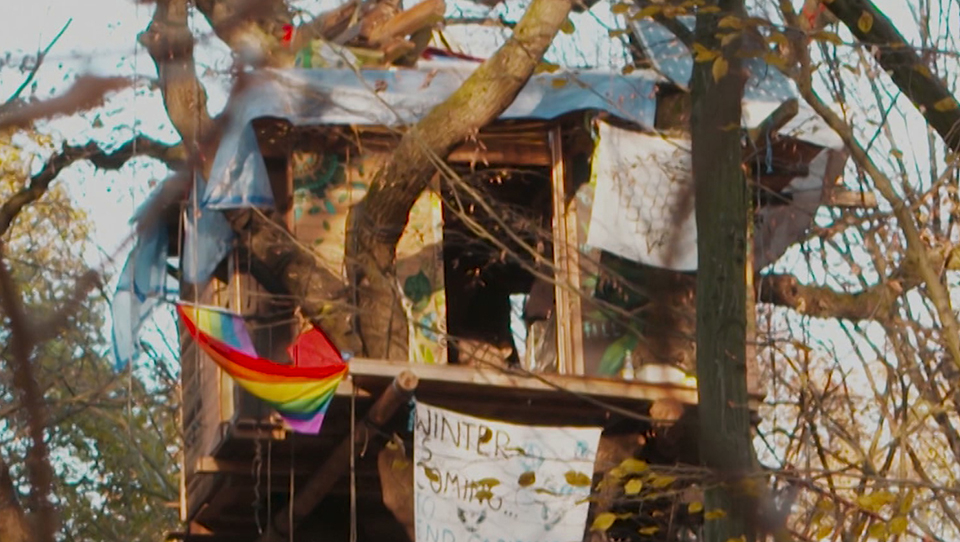03:02

Germany is a leading global voice on climate issues but is also Europe's largest greenhouse gas emitter. With less than a month to go the country is set to miss the emissions reductions targets it set itself for 2020.
Coal has played a major part in that paradox. Germany was built on it. But over the decades, old mines were gradually retired as other forms of energy picked up the slack.
That mix still includes nuclear power. By 2022, though, Germany's last reactor will be closed, after a decision in 2011 by German Chancellor Angela Merkel to de-commission them all.
The vision was for a highly ambitious renewable energy drive to replace the shortfall in output. That plan won it international praise. It has not been enough.
The coal mines accounted for just under 40 percent of its electricity supply at one stage. That has now dropped to somewhere nearer 30 percent, a similar level to renewables.
That percentage will fall further if, as expected, a German government proposal to phase out coal by 2038 is confirmed.
How will Germany solve the supply squeeze?
Germans have some of the highest energy bills in Europe so renewable sources will be crucial. But also potentially Russian gas in the form of a controversial new gas pipeline called Nord Stream 2. That's if Germany gets its way despite fierce criticism from both US president Donald Trump and – allbeit more diplomatically – from many of Germany's European allies.
Protecting the planet must be a priority of course. As Germany's decisions on nuclear power and on coal production demonstrate though, doing so is not always simple - and is not without consequences.